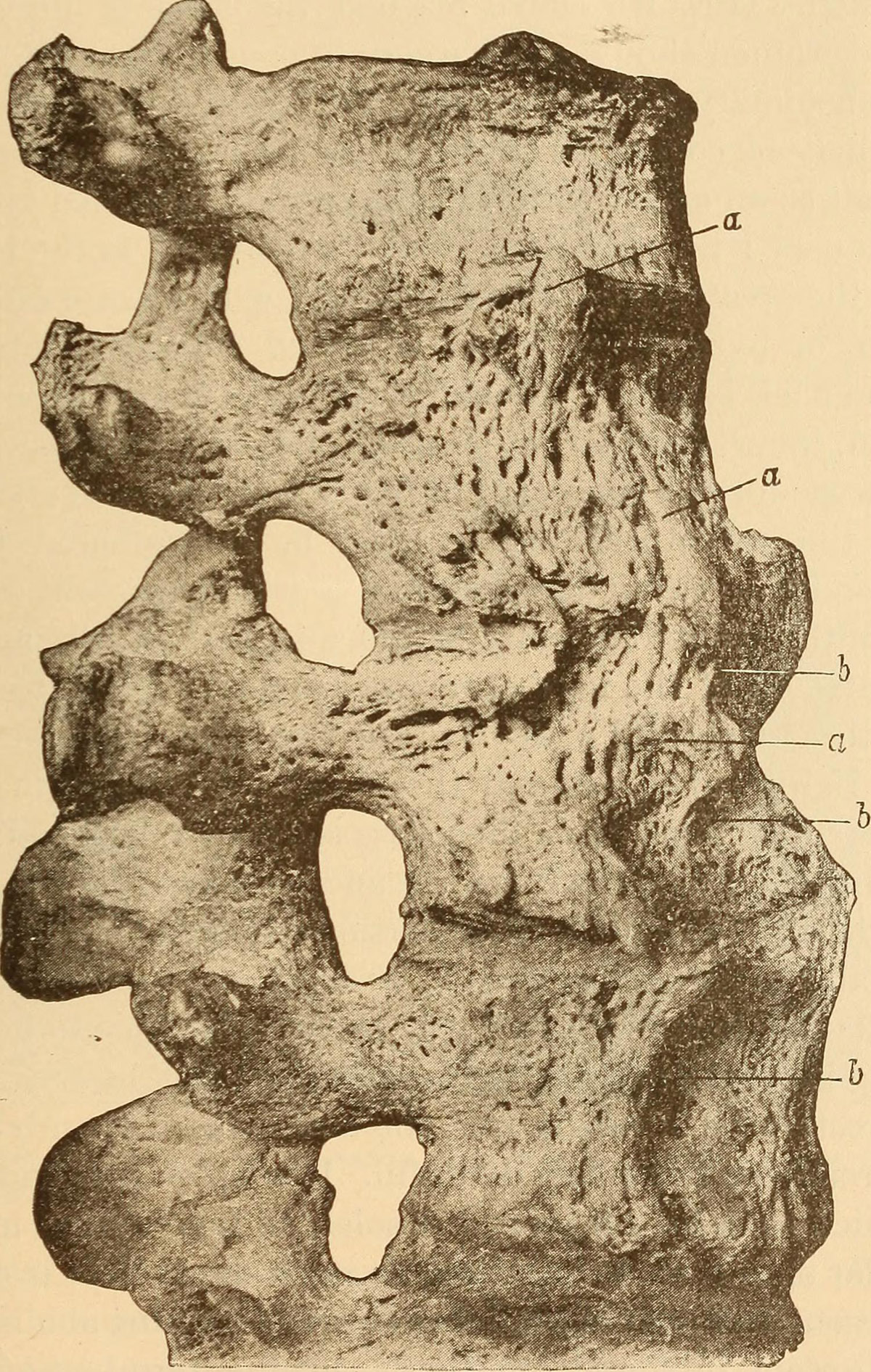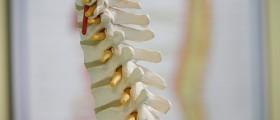
One of the first things that most patients ask when diagnosed with degenerative disc disease is if they are going to need surgery.
Oftentimes, the answer is negative. Cases requiring surgery are rare and specific. If the alternative treatment does not show results after 6 months, it may be time to consider surgery. This is especially true if the pain keeps obstructing your every day activities. Patients suffering from more than two degenerative discs usually are not eligible for a surgery because the fusing of the vertebrae that the procedure consists of may leave them quite immobile.
Younger people are more likely to receive surgery since they tend to take it more easily. The recovery is faster and less prone to complications. Still, this is not a precise requirement. In the end, it’s all up to individual doctor’s opinion.
There are extreme circumstances that require an immediate intervention. Loss of bowel or bladder control is one. Another one would be the Cauda Equina Syndrome. Cauda Equina is your, so called, horse’s tail – a group of nerves located at the end of the spinal cord. When it becomes compressed, it is considered to be a surgical emergency. Until recently, a procedure that is used to treat this condition had two main components. First was the removal of degenerated discs and the other one was the fusing of vertebrae. If a surgery involves removing the tissue that is putting pressure on a nerve, it is called a decompression surgery. Decompression and fusion are commonly done as part of the same procedure.
Traditional decompression options include facetectomy, foraminotomy, laminectomy and laminotomy.
These techniques are done with a posterior approach. There are times, however, when this is not possible and the surgeon is forced to resort to a frontal approach. A bulging disc or a herniated disc might be some of the reasons for this procedural anomaly.
Anterior decompression techniques are discectomy and corpectomy.
After the removal of the disc, the patient’s spine will likely be unstable. This would largely increase the risk of neurological injury. To avoid this outcome, the surgeon has to stabilize the spine. Fusion is the most common method of doing this.
Fusion involves creating an environment where the vertebrae will fuse together. Bone grafts are used to achieve this outcome. There are artificial alternatives to bone grafts, as well. Hardware such as metal rods, wires and plates might be used to increase stability.
Still, modern times bring about newer methods and this disease is a good example of this tendency. A new surgical option has recently surfaced – one that involves the implementation of artificial discs. The idea is that the disc will keep the spine more flexible and enable the patient to move more freely and with less pain upon recovery. Now, that is good news.

















Your thoughts on this
Loading...